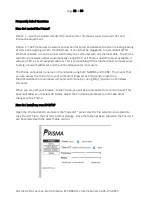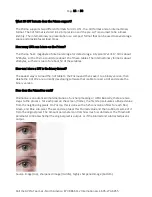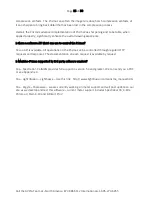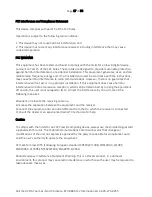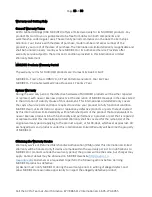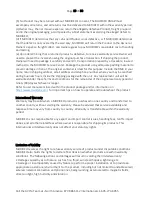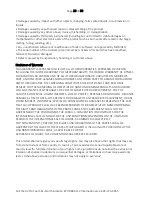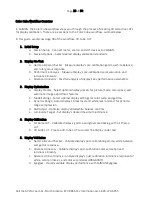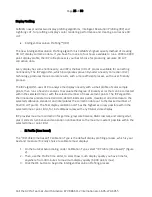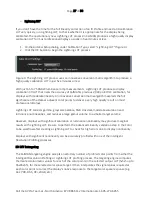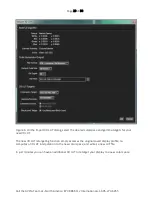
Page 27 of 30
Call the AVPro Team at –North America 877-886-5112 Interna1-605-274-6055
o
Lightning LUT
If you don’t have the time for the full linearity correction of an IR Profile and need a 3D calibration
LUT very quickly, run Lightning LUT, to check whether it is appropriate for the display being
calibrated. The revolutionary new Lightning LUT process in CalMAN produces a high quality display
calibration LUT for most professional displays, usually in five minutes or less.
1.
On the AutoCal Setup dialog, under Calibration Type, select “Lightning LUT” (figure 4).
2.
Click the OK button to begin the Lightning LUT process.
Figure 4: The Lightning LUT process uses an innovative conversion matrix algorithm to produce a
high quality calibration LUT in just five minutes or less.
With just 65 to 75 RGBW luminance ramp measurements, Lightning LUT produces a display
calibration 3D LUT that rivals the accuracy of CalMAN’s previous 2,000 point DLC calibration, for
displays with moderate linearity. An innovative conversion matrix algorithm exploits the full
significance of the data at adjacent color points to deliver a very high quality result on most
professional displays.
Lightning LUT corrects gamma, grayscale balance, RGB crosstalk, moderate saturation and
luminance nonlinearities, and reduces a large gamut volume to a smaller target volume.
However, displays with significant saturation or luminance nonlinearity may produce marginal
results with Lightning LUT. Be sure to perform the Advanced Linearity validation step in the Color
Cube workflow after creating a Lightning LUT to check for high errors due to display nonlinearity.
Displays with significant nonlinearity can be accurately profiled with one of the Intelligent
Resolution Profiling processes.
3D LUT Retargeting
The CalMAN targeting engine accepts an arbitrary number of profiled color points from either the
Intelligent Resolution Profiling or Lightning LUT profiling process. The targeting engine computes
the desired colorimetric values for each of the color points in the selected output LUT (5x5x5 up to
65x65x65), for the selected color space target. It then interpolates the signal values required at
each color point to correct the display’s native response to the target color space response (e.g.
Rec. 709, D65, DCI, sRGB, etc.).

